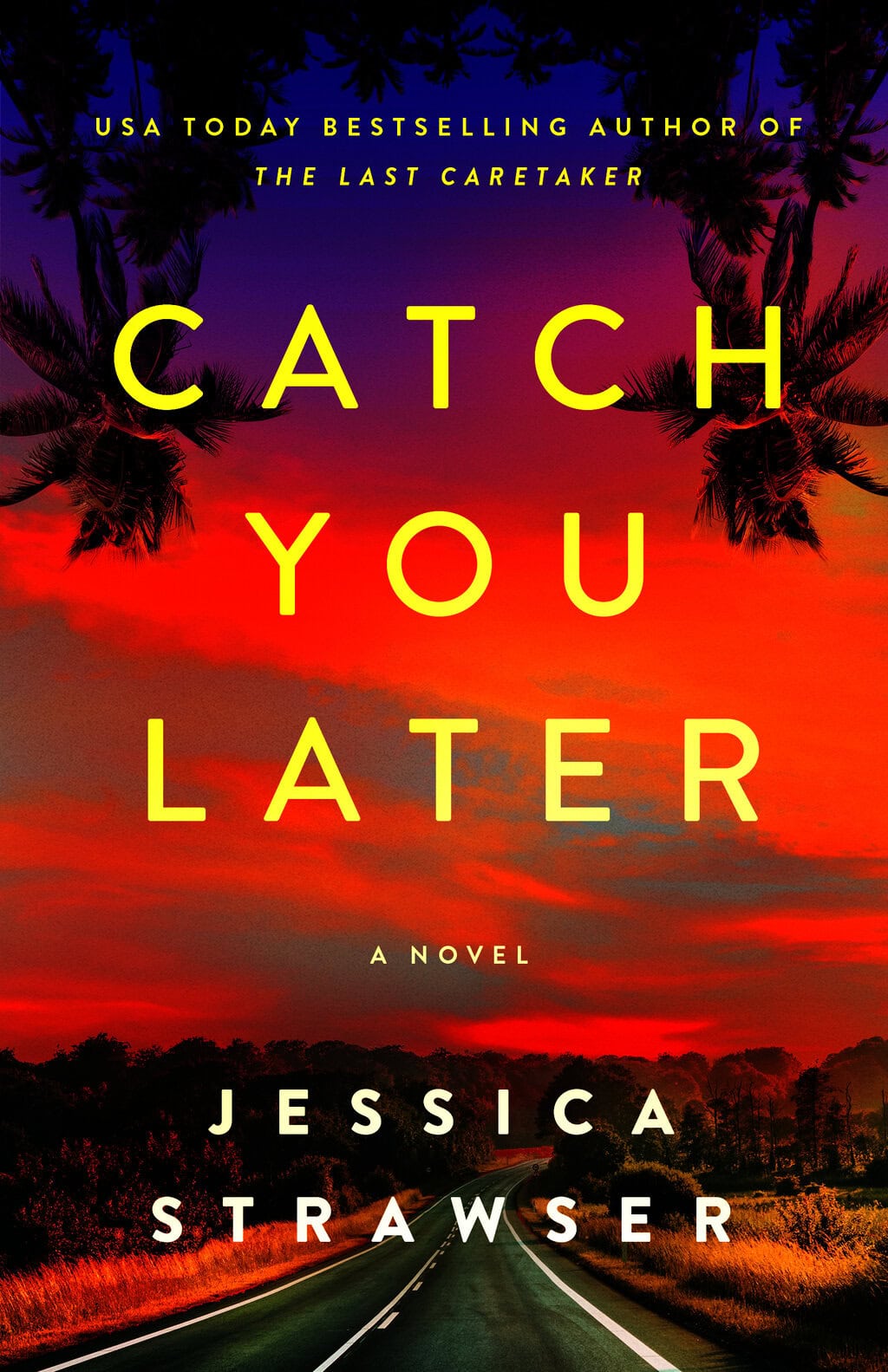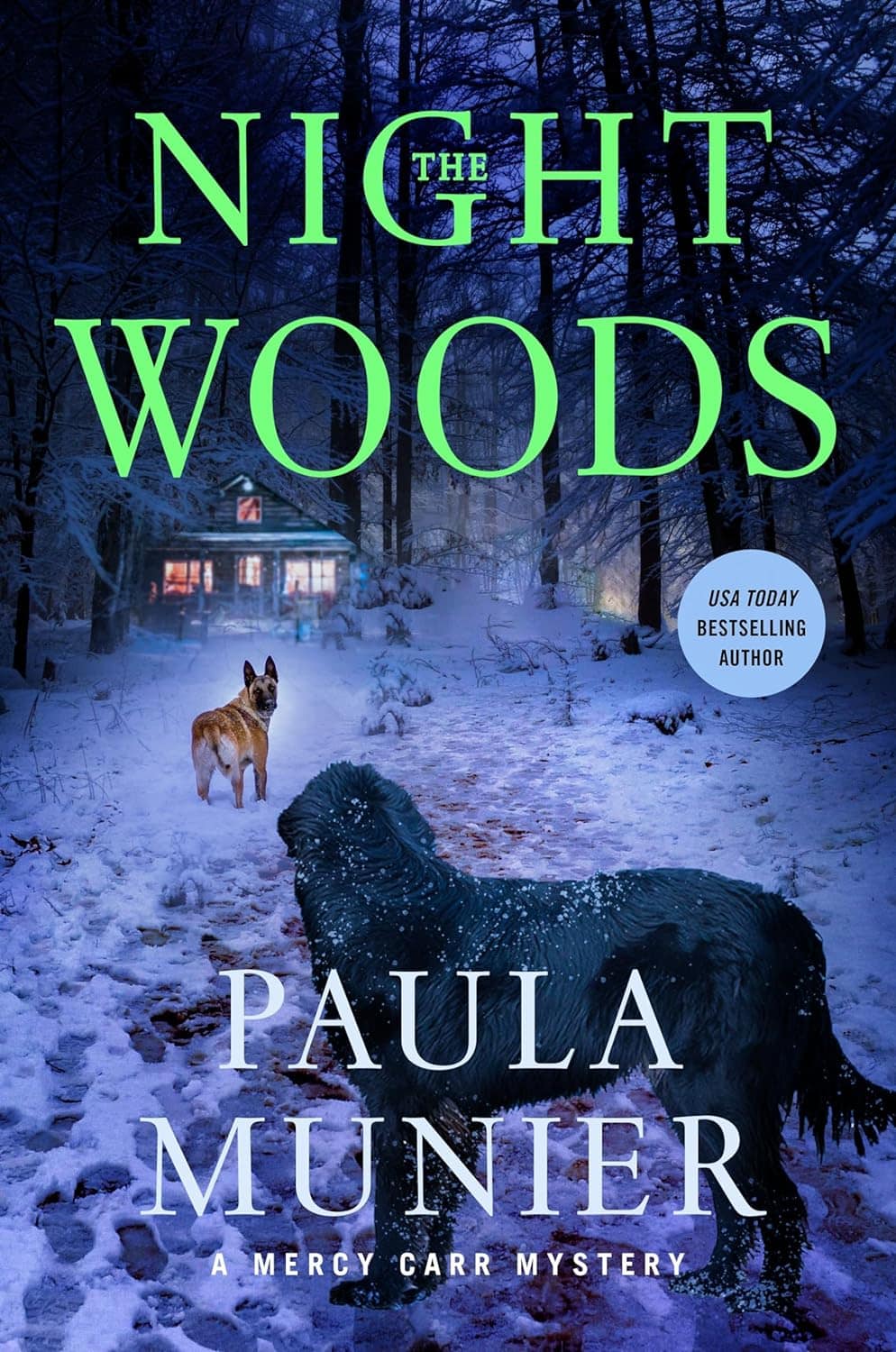This is not for the faint of heart. Act Two is for the strong and the determined, and those of you Career Authors who are devoted to finishing your book. And not only finishing it, but making it a wow. But you can’t have Act Two until you have Act One, so if you haven’t read the article about the three-act structure, go do that now.
Now you know what you need to start: a main character, the world they’re in, what problem they’re compelled to solve and how far they will go to get what they need. Now you understand your structure. Now’s the time to take a deep breath of resolve and go on to Act Two.
The meat of the book sandwich
Whether you outline your books or whether you write by the seat of your pants, you know that Act Two is the meat of the book sandwich. More than half the book will be in this act, with a big reversal in the middle, rising and falling roller coaster action and complications, and ending with a big climax or decision or turning point.
Act Two focuses on the way the characters behave with each other, and the decisions they make. Dennis Lehane says: “You have put interesting characters in the room, and now you see what happens. What choices they make, and how that affects the story.”
I describe Act Two as: “Yikes, now what?” And also: “I never expected that!”
You have already set up a situation and the reader thinks they know what’s going to happen. The reader has expectations—a rhythm of what the story will be. They know Act Two is when the train twists and turns but is still advancing toward the destination. They know you still have quite a journey to go.
Yes, they sometimes they call Act Two the muddle in the middle. It’s much easier to come up with a terrific beginning, and by the time you get to your big finish, that can be a joy to write.
But the middle, Act Two, is where you’ve got to prove you know how to tell a story.
Think about it. How many times have you read to about page 100 of a book, and then think: Well, this is boring. Or confusing. Or nothing has happened. So here, in the middle of the book, is where you’ve got to keep it moving, keep it interesting, keep it changing. Let me say that again, changing!—but always always advancing the story. And keeping the reader interested.
Here are some tools you can use for that.
A reversal
Act Two is a great place to have a huge change: a good guy turns bad, bad guy turns good, a reversal of fortune, or a place where it all seems to fall apart. A secret—not the biggest secret, but an important one—is revealed. Maybe someone gets fired, or hired, or loses all their money, or gets rich, or your character encounters a stranger or a strange situation that takes everything they thought they knew and turns it upside down.
A complication
Actually, many complications. Act Two should be full of them. The brilliant Donald Maass says make the worst possible thing happen, then worse than that, then worse than that. Your poor characters, right? But that’s what happens when a critical character (whether good guy or bad guy) is on a journey, a journey they are compelled to complete.
A mistake
Maybe your main character makes an error, has a misconception, or makes a wrong decision. Remember this every moment: your story is all about decisions. What would someone do? What would they do after that? Why? What would really happen, and what else would it affect?
What would your main character do? What would the antagonist do?
Act Two is where each of those people has to make a choice. That choice has to reflect their goal and personality, and that choice, very important, has to make a difference in the story. It has to matter, not be just a random twist that you the author stick in because it is convenient. Every single loose end in your book has to be wrapped up, so whatever you introduce in Act Two has to be resolved in Act Three. Even a red herring.
A red herring
A red herring—something the author inserts to purposely mislead or deceive the reader—is a wonderful device for this part of your book. Readers know that the author will be leaving clues, or at least foreshadows, of what’s going to happen in the end. So your job as a skilled author is to have some of those be dead ends. That’s fun, and that keeps the reader on the chase. But remember, a red herring has to be revealed as such in the end. Even if the character just says, “Oh, I guess that message wasn’t meant for me. It was really meant for the meter man.” That’s fine, but you can’t just let the herring go.
A stranger
That stranger can be a new character, maybe two, but it has to be a person that means something to the story. A person or character who brings someone to the plot, who changes it, but who doesn’t appear coincidentally or unnaturally. A new arrival should be a seamless addition to the plot, but a person (or thing—or a dog!) who changes the entire tapestry.
A subplot
Act Two is the perfect time to introduce a subplot, even two. An under-story or companion story that’s important, and resolvable, and that complements and advances the main plot of your book.
Remember: the doubters call Act 2 “the muddle in the middle.” It’s tempting—and easy—just to stuff this part of the book with new adventures and complications, but don’t let those additions take you away from your stated core purpose of the book.
If the middle becomes to be scattered and random and unfocused, you will lose your reader.
One secret to keeping the middle together is to remember the logline of your book.
But ask yourself, every time you add something to your book, go back to your logline and ask: “How is what I am writing about that?” Your goal is to keep advancing the story: things keep happening, things keep changing, and the reader cannot put it down.
The bad guy
Remember, your bad guy has to be just as smart and strong as your good guy, and both of those characters will be pushing forward, resolutely, in act two. So how is the bad guy advancing their nefarious purpose? How will the focus change to stopping the good guy instead? That must happen in Act Two.
The good guy
Is your good guy working as hard as they can to solve the problem? Are the stakes high enough? How can they get worse?
And remember, the lead has to take control of the action, or at least think they are. Act Two continues to show whatthe main character plans to do, and how they plan to do it, how those plans change because of the realizations they have and the decisions they make along the way. For better or for worse.
And here’s another secret:
Don’t think of it as the middle. Think about Act Two as two parts of its own.
It’s the end of the beginning and the beginning of the end. It’s the link from the beginning to the end. It’s the realization of the goals of the main character from act one, and the beginning of their deliberate and compelling journey to save themselves and all that is dear to them.
If you are writing a 350-page book, Act Two might go from page 80 or so to page 250. But ask yourself, what is happening in the very middle? About page 175, there should be a huge moment for the reader—a realization, twist, a massive failure, a gasp-inducing revelation.
You can do it! And when you succeed, your unstoppable Act Two will propel your readers into our irresistible Act Three. More about that in What Should Be in Act Three.
What are your secrets to Act Two? What are your concerns? Let’s talk on the Career Authors Facebook page. Now, get writing.





